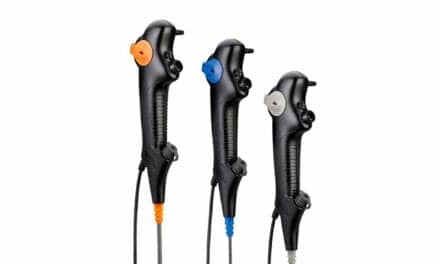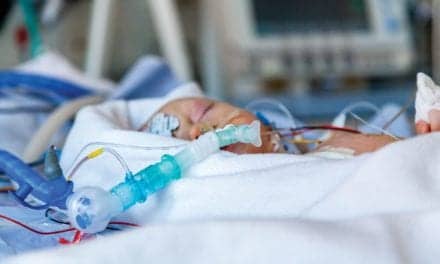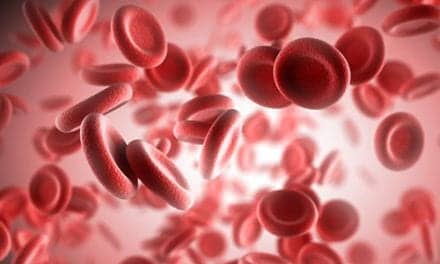For years, anesthesiologists have debated the optimal minimal mechanical ventilator support from which to extubate children. At the 2014 annual meeting of the Society for Critical Care Medicine, researchers who presented a trial involving 171 children said their study provides an answer.
The prospective observational trial involved 171 children undergoing endotracheal intubation in the pediatric and ICUs at Children’s Hospital. Clinicians used esophageal manometry to measure the effort of breathing with rate pressure product (RPP; peak-to-trough change in esophageal pressure respiratory rate) under four conditions: pressure support 10/5 cm H2O (PS), CPAP 5 cm H2O, five minutes of spontaneous breathing and 60 minutes after extubation.
“We have demonstrated that effort of breathing on CPAP of 5 cm H2O prior to extubation most closely represents post-extubation effort of breathing,” said Robinder Khemani, MD. “The addition of pressure support greatly underestimates post-extubation effort. This holds regardless of the size of endotracheal tube, and after controlling for post-extubation upper airway obstruction. Hence, children in intensive care units should receive extubation readiness tests on CPAP without pressure support, as this effort is the closest surrogate to post-extubation effort.”
Study Addresses Extubation Controversy in Children










